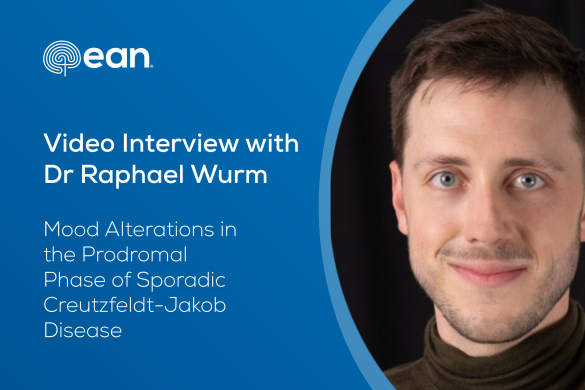
by Elena Moro
For September 2016 we have selected: Mattle HP, Evers S, Hildick-Smith D, et al. Percutaneous closure of patent foramen ovale in migraine with aura, a randomized controlled trial. Eur Heart J 2016:37;2029-2036.
There are about 50 million people suffering from migraine in Europe. About one third of the cases has migraine with aura, that has been found more prevalent in patients with patent foramen ovale (PFO). Moreover, some observational studies have reported reduced migraine frequency after PFO percutaneous closure, thus suggesting that paradoxical microembolisms or serotonin release in the venous circulation through shunt-induced arterial peaks might be related to the migraine pathophysiology.
The main aim of this study was to assess the impact of PFO percutaneous closure on headache duration in patients with migraine with aura (PRIMA trial).
In this multicenter, prospective, randomized, open label trial, 705 migraine with aura patients (with >5 and <15 headache days per month), unresponsive to two commonly used preventive medications were included and assessed with transcranial Doppler sonography or echocardiography for possible right-to-left shunt. A PFO had to be confirmed with transesophageal echocardiography with Valsalva manoeuvre. One hundred and seven patients were found positive, followed for 3 months with headache diaries, and subsequently randomized to percutaneous PFO closure (53 patients) or medical management (54 patients), and followed up to one year. Both groups of patients received ASA 75-100 mg/day for 6 months and clopidogrel 75 mg/day for 3 months. The primary outcome was the reduction of monthly days with migraine within months 9-12 after randomization compared to the 3-month baseline. Forty patients of the Amplatzer device group and 43 patients of the medical group completed the study. At one year there was no significant reduction of migraine days per month compared to baseline in either group. Moreover, no significant reduction of migraine attacks, disability due to migraine, or quality of life improvement were observed.
“The PRIMA study has failed to show the efficacy of PFO closure in improving migraine duration,” says Dr. Adina Roceanu, Department of Neurology, University Emergency Hospital, Bucharest, Romenia. “However, post-hoc analysis has revealed that migraine attacks preceded by an aura and migraine with aura days were significantly more reduced in the PFO closure group compared to the medical group (P=0.0003 and P=0.0141, respectively). Moreover, there were more responders in the PFO operated group than in the control group (P=0.0189).”
“These findings might raise the hypothesis that PFOs differ in pathogenicity for migraine or might be related to some flaws in the study methodology’, says Prof. Fabio Antonaci, Department of Brain and Behavioral Sciences, C. Mondino National Institute of Neurology Foundation, University of Pavia, Italy. “Indeed, the number of subjects enrolled in the study (which was prematurely stopped due to the slow recruitment) was below the expected number for statistical power and to compensate the drop-outs. Moreover, patients were not blinded to the randomization. Further studies are needed to confirm these results.”
The other nominees for the September 2016 paper of the month are:
Whiteley WN, Emberson J, Lees KR, et al., for the Stroke Thrombolysis Trialists’Collaboration. Risk of intracerebral haemorrhage with alteplase after acute ischaemic stroke: a secondary analysis of an individual patient data meta-analysis. Lancet Neurol 2016;15:925-933. Meta-analysis of data from 6,756 patients included in nine trials showed an increased risk of early parenchymal haemorrhage in alteplase-treated subjects compared to controls, particularly in patients with severe stroke. However, a prompt treatment with alteplase was strongly associated with an excellent outcome, and exceeded the risk of fatal hemorrhage and death at 3-month follow-up.
Rusthoven CG, Koshy M, Sher DJ, et al. Combined-modality therapy with radiation and chemotherapy for elderly patients with glioblastoma in the temozolomide era. JAMA Neurol 2016;73:821-828. This retrospective cohort study from the American National Cancer Database evaluated the overall survival of 16,717 elderly patients with newly diagnosed glioblastoma. Patients who had combined modality therapy with both radiotherapy and chemotherapy showed a longer survival compared to patients with radiotherapy or chemotherapy alone. Patients with no therapy had the shortest survival.





